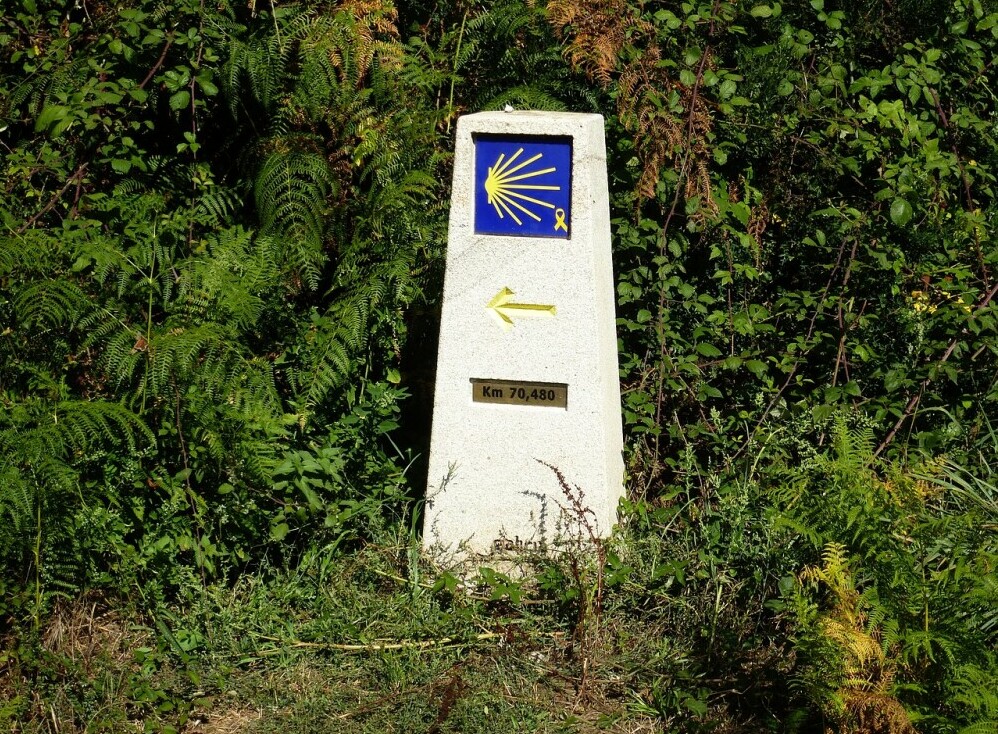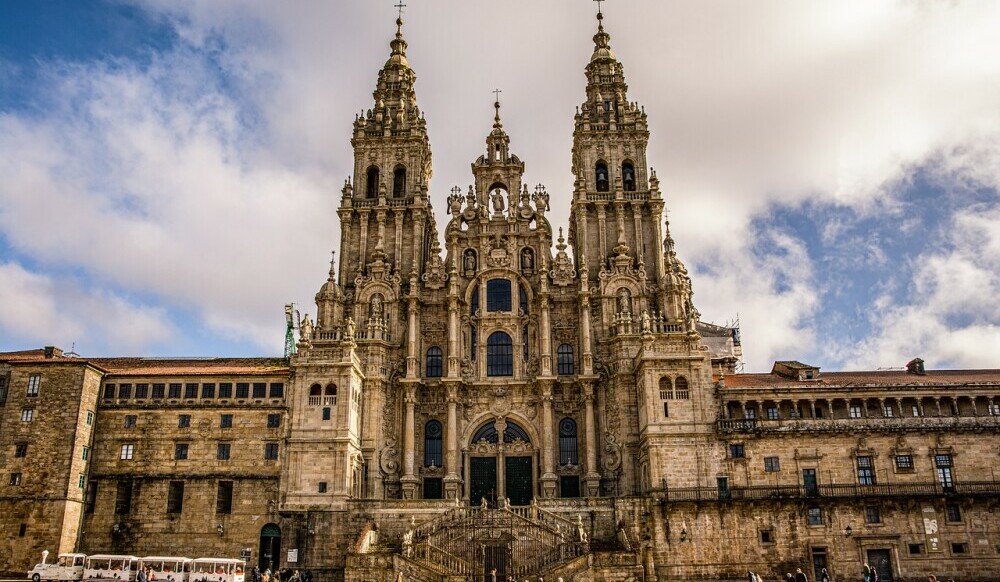
Getting Back on the Trails
Hey everyone! After a bit of a break, I’m thrilled to share that we’re hitting the hiking trails again this summer. Life has been busy, but it’s time to dust off those hiking shoes. We’re diving back in with a vacation-hiking combo, heading to Barcelona, and tackling a portion of the Camino de Santiago. Specifically, we’ll be embarking on the Camino Portugués.
Camino Portugués
The Camino Portugués is a well-loved pilgrimage route to Santiago de Compostela. Starting from Lisbon, Portugal, it stretches about 620 kilometers (385 miles) and winds through historic cities like Coimbra and Porto. Some hikers begin their journey from Porto, covering around 240 kilometers (149 miles), while others start from Tui, near the Spanish border, for a shorter 115-kilometer (71.5 miles) trek. Known for its beautiful landscapes, quaint villages, and warm hospitality, the Camino Portugués offers a less crowded but equally enriching experience compared to the more famous Camino Francés. It’s perfect for those seeking both spiritual fulfillment and cultural immersion.
We’ll be tackling the last 100 kilometers (62 miles) of this route, starting in Vigo, Spain, and ending at Santiago de Compostela.

A Little History
The Camino de Santiago, or the Way of Saint James, has a storied past dating back to the early 9th century when the tomb of Saint James the Greater, one of Jesus’s apostles, was discovered in Galicia, Spain. This discovery turned Santiago de Compostela into a major pilgrimage site. During the medieval period, it was one of the most significant Christian pilgrimages, drawing thousands of pilgrims from all over Europe. Though it declined in popularity over the centuries, it saw a revival in the 20th century, especially after being designated a European Cultural Route in 1987 and a UNESCO World Heritage Site in 1993. Today, the Camino de Santiago remains a path of deep spiritual and cultural significance, attracting modern pilgrims and travelers from around the globe.
Santiago de Compostela, the capital of Galicia in northwestern Spain, boasts a rich history rooted in its status as a pilgrimage site. According to legend, Saint James’s remains were miraculously transported to Galicia after his martyrdom. In the early 9th century, a hermit named Pelayo, guided by a star, purportedly discovered the tomb. This led to the name “Compostela,” from the Latin “Campus Stellae” (Field of the Star). King Alfonso II of Asturias built a chapel to house the relics, which eventually evolved into the magnificent Romanesque Cathedral of Santiago de Compostela, begun in 1075. The city thrived as a pilgrimage destination throughout the Middle Ages, forming a key part of the Camino de Santiago.
Our Adventure
We considered several Camino options but didn’t have enough time for a longer journey starting in Portugal. Instead, we chose the Camino Portugués por la costa, allowing us to enjoy some coastal views along the way. Our eight-day hike will cover 100 kilometers (62.4 miles) to Santiago de Compostela, with our longest day of hiking being 22 kilometers (13.7 miles). Starting in Vigo, Spain, we’ll make stops in several cities and towns along the route.
Getting Ready
I’ve been diving into blogs and videos to learn as much as possible about the conditions and best practices. One key tip is to always have a poncho and, if possible, rain shoe covers. Even if the forecast is clear, unexpected showers can pop up for 15-30 minutes.
Another important suggestion is to keep your backpack’s weight under 10% of your body weight. I’m definitely taking this to heart since I want a light pack, especially knowing I’ll need to carry snacks and water. We’ll also need sunscreen and bug spray.
Other helpful ideas include bringing gel packs for energy and protein, and a small first aid kit. I’ll share more tips in a future blog post, so stay tuned!
Conclusion
I’m incredibly excited for this next adventure and can’t wait to share our experiences with each leg of our trip and the lessons we learn along the way. Stay tuned for more updates!
Santiago de Compostela, here we come!